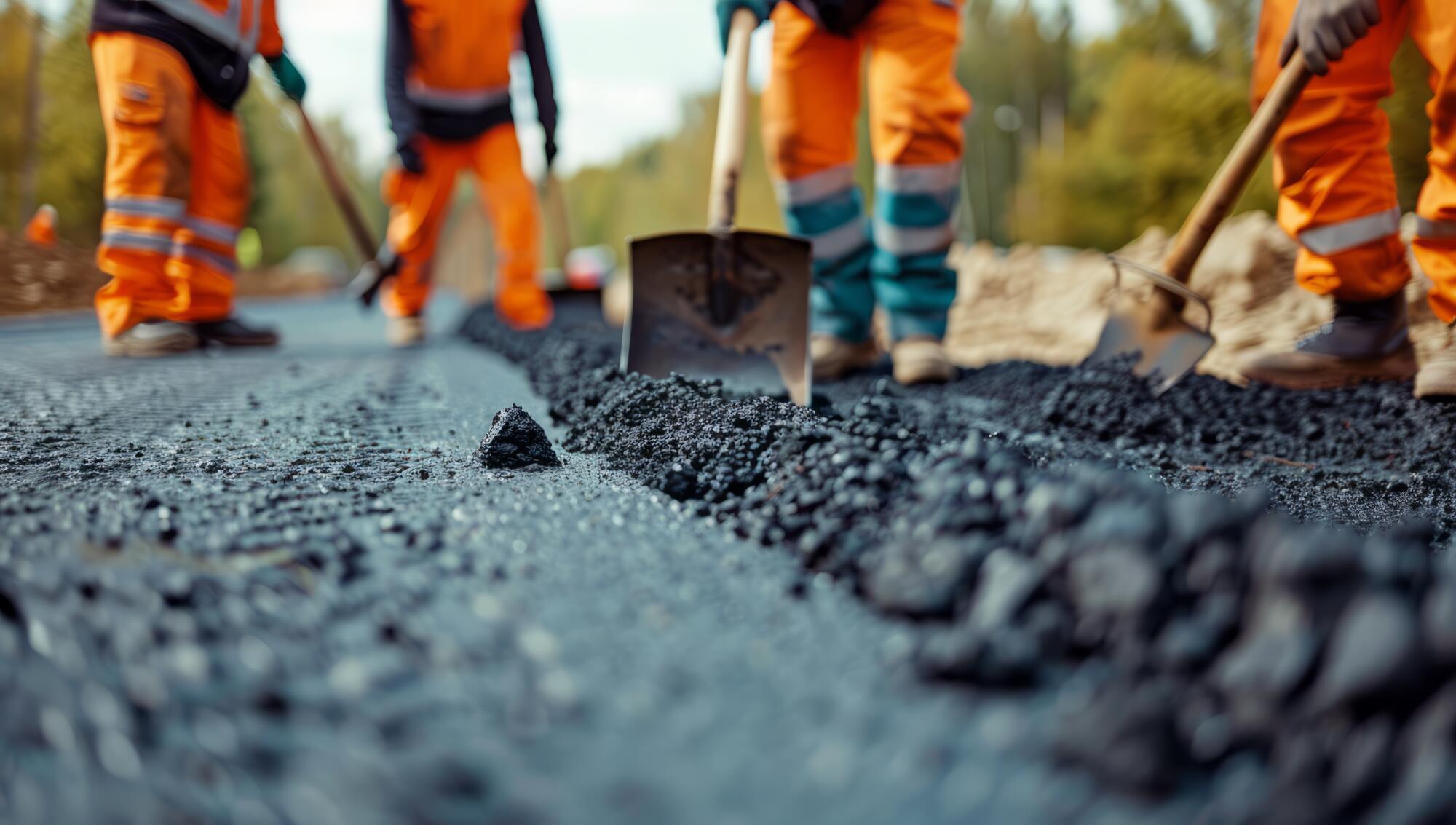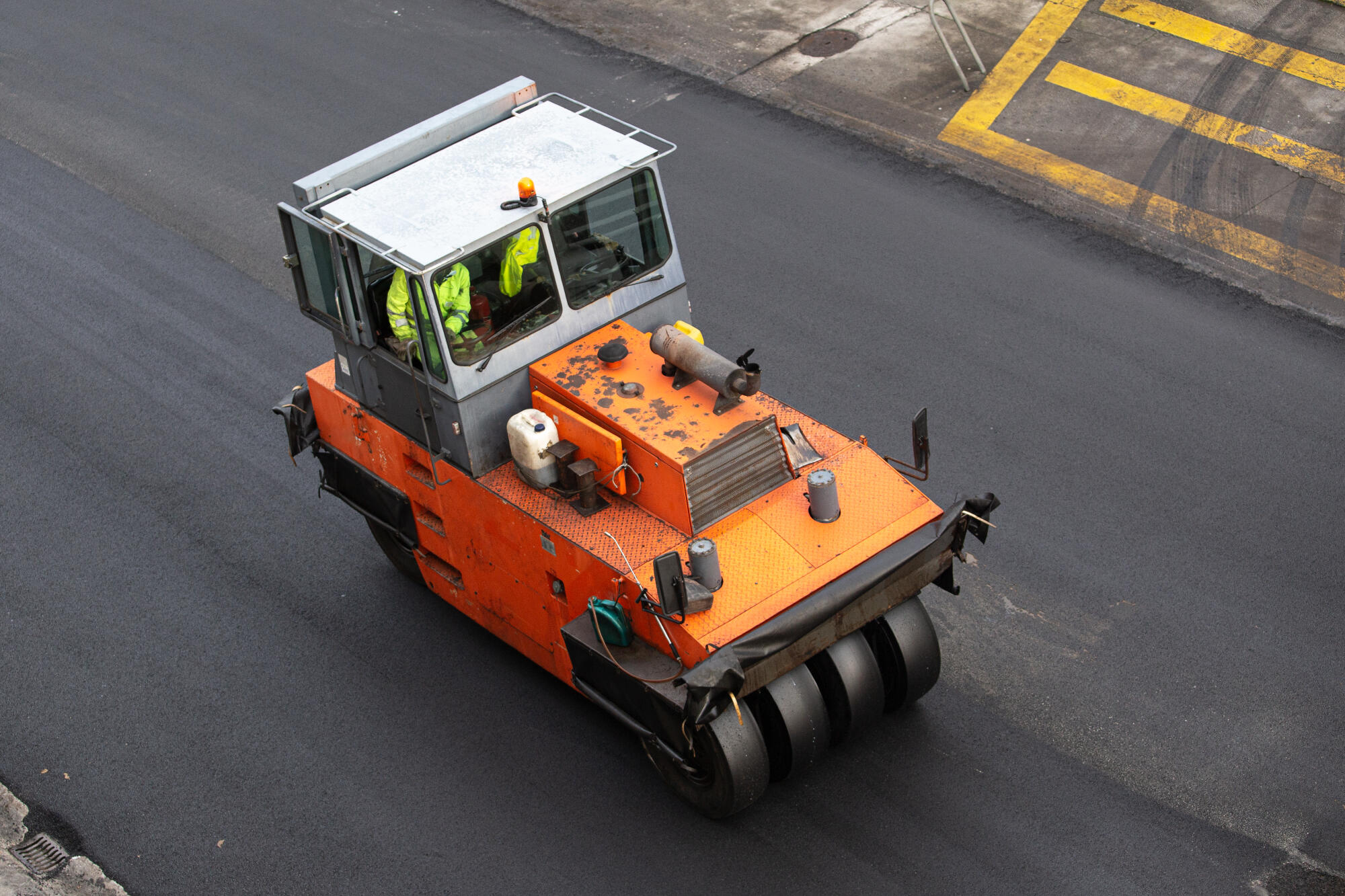Proper asphalt installation is more than just laying down pavement; it’s about setting a foundation for durability, longevity, and performance. Whether for roads, driveways, or parking lots, the quality of installation plays a pivotal role in how well asphalt surfaces withstand the test of time and environmental stresses. From meticulous preparation of the subgrade to the selection of high-quality materials and adherence to precise installation techniques, every step influences the overall integrity of the pavement. Understanding the key factors involved in proper asphalt installation is essential for property owners looking to invest in reliable, long-lasting infrastructure that enhances both aesthetics and functionality.
Proper asphalt installation is crucial for the longevity and performance of paved surfaces. Several key factors contribute to ensuring a successful installation:
Preparation of Subgrade and Base
A solid foundation is essential. The subgrade, or the native soil beneath the asphalt, must be properly graded and compacted to provide stability and prevent settlement over time. Additionally, the base layer, typically composed of aggregate materials, should be well-compacted to evenly distribute loads and support the asphalt pavement.
Material Selection and Quality
The quality of asphalt materials used significantly impacts the durability and performance of the pavement. Choosing the right asphalt mix design, based on factors like traffic volume and climate conditions, ensures that the pavement can withstand anticipated loads and environmental stresses. High-quality asphalt materials resist cracking, rutting, and deterioration better than inferior grades.
Equipment and Technology
The quality of asphalt installation is significantly influenced by the equipment and technology used during the process. Modern paving equipment and techniques can enhance the efficiency and precision of the installation. For example, using advanced pavers and rollers can ensure a smoother and more uniform surface. Employing technology like GPS and laser-guided systems can also improve the accuracy of grading and compaction, leading to a superior finished product. Investing in state-of-the-art equipment and skilled operators can make a substantial difference in the quality and longevity of the asphalt pavement.
Proper Installation Techniques
Asphalt must be installed under optimal conditions to achieve a uniform and durable surface. Temperature and weather conditions play a crucial role in the installation process, affecting the compaction and adhesion of the asphalt mix. Proper compaction techniques ensure that the asphalt achieves the desired density, reducing the likelihood of premature wear and structural failures.
Attention to Detail and Precision
Attention to detail during installation is critical. This includes ensuring proper drainage to prevent water accumulation, which can weaken the pavement over time. Additionally, the edges of the pavement should be properly sealed to prevent water infiltration and edge cracking. Attention to these details during installation enhances the overall performance and longevity of the asphalt pavement.
Climate Considerations
Adapting asphalt mixtures and installation techniques to local climate conditions is essential for the longevity and performance of the pavement. Temperature fluctuations, freeze-thaw cycles, and precipitation levels can significantly impact asphalt surfaces. For instance, in areas with cold winters, using asphalt mixtures designed to withstand freeze-thaw cycles can prevent cracking and potholes. Similarly, in regions with high temperatures, using asphalt that resists softening and deformation is crucial. Understanding the specific climate challenges and selecting the appropriate materials and methods ensures that the asphalt remains durable and functional throughout its lifespan.
Proper Drainage
Proper drainage is a critical aspect of asphalt installation that directly affects the pavement’s longevity and structural integrity. Without adequate drainage, water can accumulate on the surface, leading to erosion, potholes, and other forms of deterioration. Ensuring that the asphalt surface is designed with proper slopes and installing effective drainage structures, such as gutters and catch basins, helps divert water away from the pavement. This prevents water infiltration, reduces the risk of freeze-thaw damage, and maintains the overall stability of the asphalt. By prioritizing drainage during the installation process, you can significantly extend the lifespan of your asphalt surface and minimize maintenance needs.
From ensuring proper drainage to applying the right thickness of asphalt layers, attention to detail at every stage of installation is crucial. By investing in quality installation now, you not only enhance the curb appeal and functionality of your property but also minimize the need for costly repairs down the road. Properly installed asphalt not only looks great but also performs reliably, offering years of service with minimal maintenance. Trusting professionals who understand these key factors ensures that your asphalt project stands strong against the elements and daily wear and tear, providing peace of mind for years to come.



